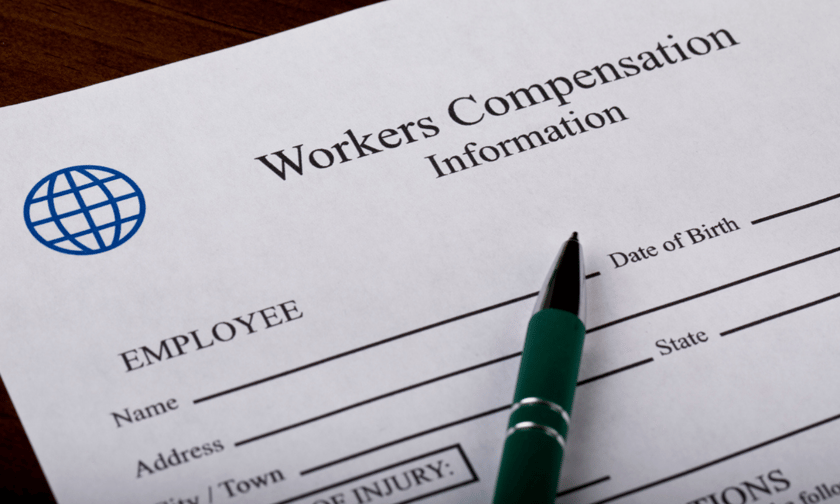Top 10 Workplace Injuries and How to Reduce Accidents
Overexertion and falls are the most common types of workplace injuries in the United States, costing employers $28 billion annually, according to a new study.
Liberty Mutual Insurance Co.’s “2024 Workplace Safety Index” reports on the causes and costs of the most common injuries across eight major industries. The list can be a good guide for employers, helping them understand the kinds of injuries most likely to occur on their worksites.
With the information in hand, you can review your current workplace safety programs to make sure you are focusing your efforts in the right area.
The Liberty Mutual report for 2024 examined statistics from 2021. The 10 costliest causes of workplace injury and illness were:
- Overexertion involving outside sources ($12.5 billion)
- Falls on same level ($10 billion)
- Falls to lower level ($5.7 billion)
- Struck by object or equipment ($5.5 billion)
- Other exertions or bodily reactions ($3.7 billion)
- Roadway incidents involving a motorized vehicle ($2.7 billion)
- Slip or trip without falling ($2.3 billion)
- Caught in or compressed by equipment or objects ($2 billion)
- Struck against object or equipment ($1.8 billion)
- 1Repetitive motions involving micro-tasks ($1.5 billion)
The total cost of the above workplace injuries was $48 billion in 2021, according to the report. These top 10 injuries accounted for 85% of all workers’ compensation claims in eight industries. The total cost of all workplace injuries was $58 billion.
What you can do
To keep your workplace as safe as possible, make sure you have safety protocols for the most likely injury types. Training and management buy-in is the key to a better safety environment. We’ll look at how to prevent the top three injuries here:
Overexertion — An overexertion injury happens when a worker becomes fatigued or performs a job that is beyond their physical capacity (such as lifting more than they are comfortably able). This can result in strains, sprains, musculoskeletal problems and other injuries. Some can happen suddenly, and others can develop over time.
Focus on proper lifting techniques, ergonomic workstations, regular breaks and encourage early reporting of injuries. Also, implement safety training and address potential hazards through engineering controls, such as mechanical lift assists, overhead hoists and other tools to improve the positioning of products.
Workers should ask for assistance or guidance if they are concerned about their ability to handle a specific task.
If fatigue is an issue, consider having workers take short, more frequent breaks during their shift.
Falls on same level — These are incidents where a worker slips, trips or loses balance, resulting in a fall that ends with the person hitting the same surface they were standing on, or an object at the same level, rather than falling to a lower level. To prevent such incidents:
- Maintain good housekeeping. A clean workplace is a safer workplace.
- If you have a spill, rope it off, clean it up and train workers to alert co-workers and supervisors of the spill immediately.
- Laborers should always use cable covers or tape to prevent co-workers from tripping over cords. Train your workers not to rush, and to be aware of their surroundings. They should not be distracted by their smartphones while walking, and not carry too much at once.
- Employees should not work in dimly lit areas.
- Staff should wear shoes that are in good condition and tightly tied every shift.
Falls to lower level — These are incidents where an employee falls from a higher point to a lower surface, such as from a ladder, scaffolding, roof or through an opening in the floor, resulting in injury. To prevent these injuries:
- Install guardrails around elevated platforms, floors and walkways.
- Consider using safety nets in areas where there is a high risk of falls.
- Use harnesses, lanyards and anchor points to arrest falls if they occur.
- Use scaffolding that is appropriate for the task and ensure it is set up and used correctly.
- Install toe boards to prevent objects from falling off elevated platforms and potentially injuring workers below.






